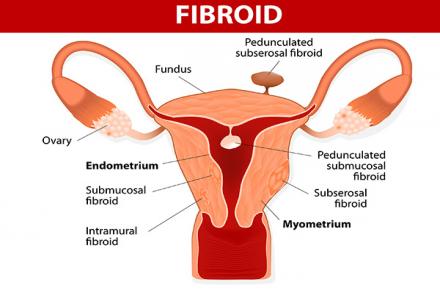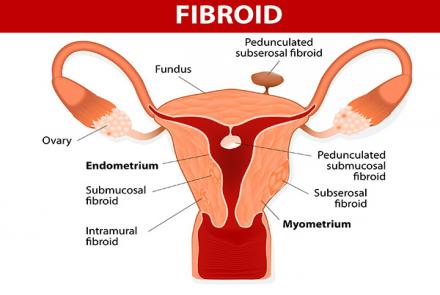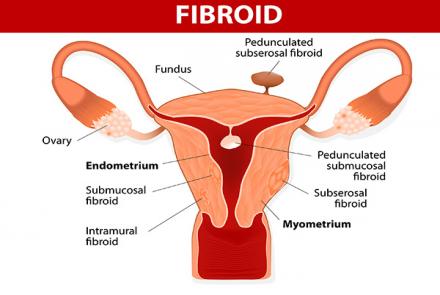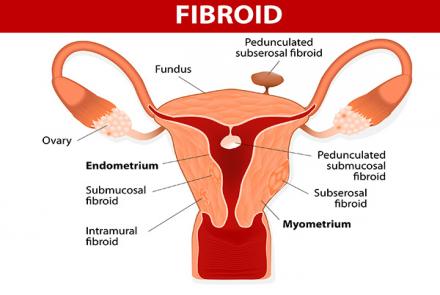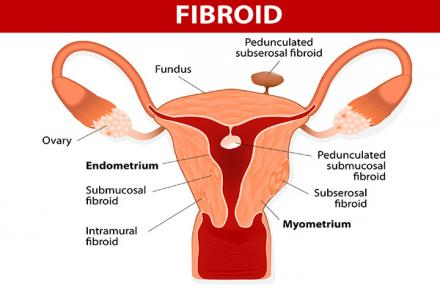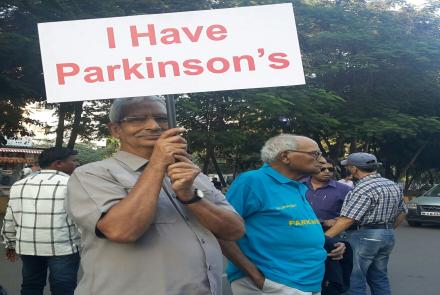The doctor may suggest some of the following:
Medication: to reduce symptoms
Tranexamic acid: Tranexamic acid helps in clotting of blood in the uterus, thus reducing bleeding.
Anti-inflammatory drugs : These drugs reduce the production of progesterone. Progestrone contributes to the heavy and abnormal menstrual bleeding. They don’t shrink the fibroids but they reduce the symptoms of fibroids.
LNG-IUS (Levonorgestrel intrauterine system): A plastic device is placed in the uterus…
Latest Stories
- Your doctor may suggest one or more ofthe following diagnostic tests: Blood test: Complete blood picture to check for anaemia Ultrasound: This is done when the patient has heavy bleeding or any of the other symptoms associated with fibroids. Magnetic resonance imaging (MRI): Helps in identifying the location and size of fibroids. Trans vaginal scan: A small scanner is inserted into the patient’s vagina to view the uterus. Hysteroscopy: A small telescope is introduced into the…
- Depending on the location and type of fibroids, the sympoms may vary. Submucosal: cause heavfibroiy bleeding, long periods and irregular bleeding between the cycles. Subserosal: cause bulk symptoms, such as pain and pressure in the pelvis, abnormal and excessive menstrual bleeding, pressure on spinal cord. Intramural: put pressure on the spinal cord, rectum and pelvis, but are asymptomatic unless they grow in size. Pedunculated: puts pressure on the spinal cord, thus causing lower…
- Types of Uterine Fibroids: Submucosal: These fibroids are located just underneath the lining of uterus, protruding into the uterus. They cause heavy bleeding, long periods and irregular bleeding between the cycles. Subserosal: These fibroids are located outside the uterus either in the muscle or hanging outside the uterine wall. They cause bulk symptoms, such as pain and pressure in the pelvis, abnormal and excessive menstrual bleeding, pressure on spinal cord. Intramural: These fibroids are…
- The exact cause of fibroids is not known. Our body is made-up of cells that regularly undergo turnover i.e production of new cells and removal of old and damaged cells. Sometimes, this regular process is disturbed causing more cells to be produced than destroyed. This results in the formation of abnormal mass of tissue, which is called tumour. The tumour can be benign or malignant. Fibroids are a kind of benign tumour. Normal cell production and destruction may be disturbed by genetic,…
- Fibroids are non-cancerous, i.e. harmless or benign tumours that grow in the smooth muscle layers of the wall of uterus (womb). Synonyms: Uterine fibroids, Myomas, Fibromyomas Fibroids grow singly or appear in clusters. They are slow growing and may be as small as a peanut to as large as a melon. They are most common among women in their 30s or 40s, with four out of every five women developing fibroids. About 70% of Asian women develop fibroids at some point in their lives…
- Hallucination and Delusion in Parkinson's Hallucinations and Delusions are two types of Neuropsychiatric symptoms which affect people with Parkinson’s, and result in disturbance of perception and thought. They can occur due to two reasons - as a symptom of the condition or as a side effect of the medication. A Hallucination involves a sensation (seeing, hearing, smelling, tasting or feeling) about something that does not exist. It is experienced when the person is in a wakeful state and very…
- Unity walk for Parkinson…in Nasik A Unity walk was organized in Nashik on Saturday, December 5, 2015 to promote awareness of Parkinson’s disease by PDMDS with support from several other leading organizations. In addition to the patients and representatives of these organizations, citizens of Nashik also came out in large numbers to show their support. Approximately 300 participants started assembling bright and early and the walk commenced at 5:15 PM, originating at Nasik City Center Mall to…
- But often overlooked, says Porrselvi A.P. a cognitive and psychosocial interventions specialist. Here, she offers a case study and practical strategies to guide you back to normal life. The patient: Mrs. K, a 67-year-old woman had a stroke in the left side of her brain in September last year. Her condition: Mrs K was referred for cognitive and psychological evaluation following complaints of social withdrawal, memory disturbances and increased irritability…

